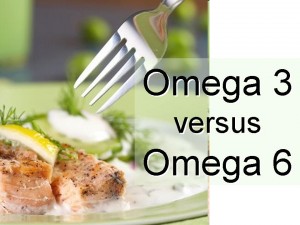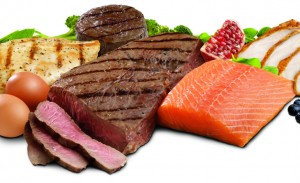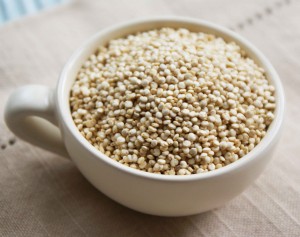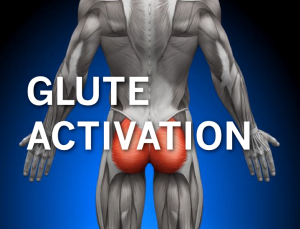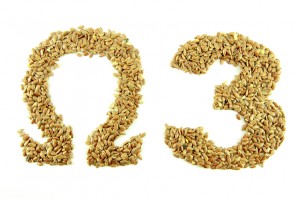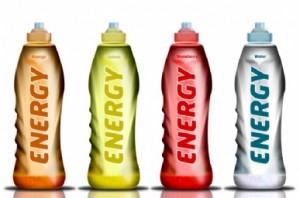By: Eric and Chris Martinez
What does a body well? Walking, treadmills, jogging, or perhaps sprints! Just ask Usain Bolt and the answer will be crystal clear. What kind of sprints you may ask? Well, we will keep it simple and refer to two specific types, conventional sprints and resisted sprints, better known as “sled drags” in this case. Very similar to Santa Clause dragging his sled around full of presents during Christmas time. All kidding aside, if you do not know what a “sled drag” is, in a nutshell it’s a device used for training purposes where you put resistance (weights) on it and pull it. And yes, these two types of sprint methods can be used as a HIIT protocol, we already anticipated that question. But, in this article we will not be discussing these sprint variations for HIIT purposes. Instead we will be discussing the effects of conventional sprints and resisted sprints training to see which one is better for acceleration, athletic performance, and just overall better gains.
Santa Clause dragging his sled around full of presents during Christmas time. All kidding aside, if you do not know what a “sled drag” is, in a nutshell it’s a device used for training purposes where you put resistance (weights) on it and pull it. And yes, these two types of sprint methods can be used as a HIIT protocol, we already anticipated that question. But, in this article we will not be discussing these sprint variations for HIIT purposes. Instead we will be discussing the effects of conventional sprints and resisted sprints training to see which one is better for acceleration, athletic performance, and just overall better gains.
You may be thinking well why sprints and not a different type of training method to determine this? Well, since team sport athletes rarely have time to reach top speeds during play, the ability to accelerate quickly during a sprint is more important than maximal velocity. Researchers have found that assisted sprint training can help to develop stride frequency, while resisted sprint training may help increase recruitment of fast-twitch fibers, aka build more muscle. In a study done by the Journal of Strength and Conditioning Research, West et al. determined the effects of resisted sprint training on acceleration in professional rugby players. Better yet, they wanted to compare the effects of a program comprised of both weighted sled towing and speed training with a program comprising just speed training.
So what did the researchers do you ask? They recruited 20 male rugby players and designed the combined sled and speed training programs. The (SLED) group did 3 x 20 m sled drags with 12.6% body mass in addition to 2 series of 3 x 20 m sprints with 2 minutes rest in between. The (SPEED) group did 3 x 20 m sprints and another 2 series of 3 x 20 m sprints with 2 minutes rest in between. In addition, the researchers tested the subjects over 10m and 30m sprints before and after the intervention. In addition to the sprint training, all of the subjects also took part in 3 resistance-training sessions, 3 conditioning sessions, and 3 skills sessions. So what happened was the researchers found that the (SLED) protocol improved both 10m and 30m sprint times by significantly more than the (SPEED) protocol.
- 10m sprint times:
Over the 6-week intervention period (with 2 workouts per week), the (SPEED) protocol improved 10m-sprint time by 1.16%. However, the (SLED) protocol improved by
Approximately twice as much or 2.35%. This is quite a significant difference when comparing the two protocols.
- 30m sprint times:
Similarly, the (SPEED) protocol improved 30m-sprint time by 0.96%. However, the (SLED) protocol improved by nearly three times as much, or 2.65%. Incredible how much different the protocols were in this one.
What did the researchers conclude from this study? They concluded that both (SLED) and (SPEED) programs can improve acceleration over 10m and 30m sprints. They also concluded that the (SLED) program, involving a combination of sled drags with sprint training led to greater overall gains. With that said, hopefully we can all agree depending on what our goals are that sled drags are the better option overall for athletic performance. Not to mention, are probably better for overall hypertrophy (muscle building) purposes. If you are just more of a conventional sprint type of person. In a study done by Wilson et al. Sprints caused more muscle retention because when you’re doing LISS (say fast paced walking) you’re not activating muscles the same way as if you were lifting weights. So when you sprint you have hip flexion, knee extension, and these are all similar to weightlifting movements. Also, sprints are another way to overload the muscle. Just compare a sprinters body composition to a marathon runners… more muscle mass!
Wrapping this up
If you are new to sled drags or resisted sprints, you are probably wondering where in the world do I get a sled? Well, you can’t depend on Santa delivering it, but there are many different online sites to purchase them, or you can get creative and make your own. We have seen some very crafty inventions for resisted sprints. The take home message for this article is to get out of your comfort zone and try a new method of sprints, especially if you are looking to take your body composition to the next level. You have all the data you need above to prove why they are such a beneficial and effective training tool. We must warn you though, if it’s your first time doing a sled drag or resisted sprints, you will feel the punishment the next morning. But, just like any other form of training, it takes physical and neural adaptation, so don’t give up quite so fast just because you are in pain and your CNS feels shot out. You can always use the analogy we used earlier, would you rather have a marathon runner’s body composition or a sprinter’s body composition? We rest our case!
BTW, check out our cool vid:
References:
(1) West, Cunningham, Bracken, Bevan, Crewther, Cook and Kilduff, Effects of resisted sprint training on acceleration in professional rugby union players, Journal of Strength and Conditioning Research.
(2) Wilson, et al. Concurrent Training: A Meta Analysis Examining Interference of Aerobic and Resistance Exercise. University of Tampa, FL. J Strength Conditioning.
BIOs
Eric & Chris Martinez
Founders, Dynamic Duo Training
Eric and Chris Martinez are identical twin brothers that are nationally known as the Dynamic Duo, nutrition and training coaches, fitness and nutrition writers, fitness models, and founders of Dynamic Duo Training- an up and coming world class website that provides customized training protocols, customized nutrition plans, motivational coaching, educational programs, and a carved path to live a dynamic lifestyle. Both are CISSN (certified sports nutritionists via the ISSN).
